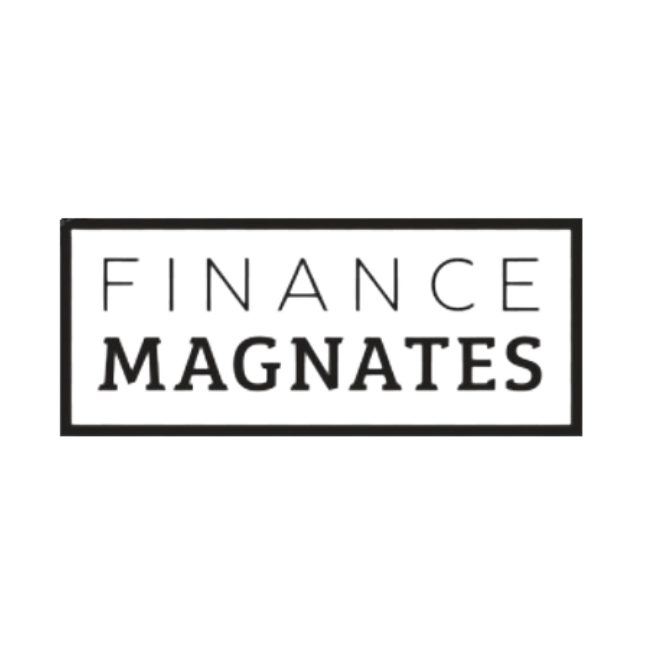
Asked whether blockchain is compatible with environmental, social and governance (ESG) goals, the kneejerk answer would likely be ‘no’. Influenced by negative headlines about the environmental impact of Bitcoin mining, most people tend to assume that blockchain cannot aspire to meet green objectives and probably are not sure what the technology has to do with social goals or improved governance either.
Yet the story may be more nuanced than the headlines suggest. The Bitcoin blockchain is undoubtedly energy-intensive. With an estimated consumption of 14.77 gigawatts per year, it uses more power than Argentina consumes in the same period of time. So far, so seemingly concerning. But how reasonable is this figure when compared to other financial services rails? Viewed comparatively, Bitcoin uses less than half the energy per year of gold or even of the global banking system as whole. There are clearly factors of scale to consider when comparing Yet the story may be more nuanced than the headlines suggest. The Bitcoin blockchain is undoubtedly energy-intensive. With an estimated consumption of 14.77 gigawatts per year, it uses more power than Argentina consumes in the same period of time. So far, so seemingly concerning. But how reasonable is this figure when compared to other financial services rails? Viewed comparatively, Bitcoin uses less than half the energy per year of gold or even of the global banking system as whole. There are clearly factors of scale to consider when comparing Bitcoin to such established mechanisms but, compared to its peers, is the demonisation of Bitcoin wholly justified?
How sustainable is the bitcoin mining industry?
A further consideration is how much of this energy consumption comes from renewable sources. The answer is probably better than many people realise. Today’s bitcoin miners use several methods that reduce its impact on the environment, including using renewable energy to power mining rigs and co-locating mining operations to take advantage of energy that would have otherwise been wasted. When there is excess renewable energy to the point where supply exceeds demand, such mining sites absorb the surplus at a cost, monetising the energy that would have been wasted. The sites also power down during periods of high demand to avoid scarcity. As a result, they ameliorate the volatility of renewable energy for the grid.
Bitcoin mined using renewable energy is known as “green bitcoin”. A number of companies are taking steps towards mining green bitcoin including Houston-based Lancium and one of the leading bitcoin miners, Bitdeer Group. Lancium raised $150 million to utilise over 2 gigawatts of renewable energy for its mining operations across Texas – the output of roughly 4 coal-fired power plants. Meanwhile, Bitdeer Group, based in Singapore, has also launched a new business line called Mining Datacenter, dedicated to the use of renewable energy for mining. In the US, one of the mining facilities is entirely powered by hydroelectricity while the other two sites use a mix of solar, wind, nuclear and hydroelectric energy alongside traditional energy sources. In Norway, 95% of the energy used by two facilities is hydroelectric. Globally, Mining Datacenter is expected to near 3 gigawatts in capacity by 2023.
The pursuit of green bitcoin has led to the majority of mining power (57.7%) being derived from renewable energy. However, the green revolution is not exclusive to Bitcoin. Cambridge’s 3rd Global Cryptoasset Benchmarking Study
has found that 76% of miners across the multitude of cryptocurrencies use renewable energy. In total, over 39% of the power used by proof of work cryptocurrencies such as Bitcoin and Ethereum was supplied by renewable energy sources. Hydroelectric power has been adopted by nearly 62% of miners, making it the most popular renewable source. And hydroelectric power is the most common source of energy even when including fossil fuels, beating other sources by a wide margin.
What about other blockchains?
Despite all the focus on Bitcoin’s blockchain it is, of course, no longer the only game in town either. Many other types of blockchain and distributed ledger technologies now exist – and many are not based on proof of work (PoW) mining. Instead, they use a different consensus mechanism called proof of stake (PoS). PoS uses the locked funds of validators to ensure consensus instead of the investment of computational resources. This means that the energy consumption of PoS blockchains is vastly reduced.
A UCL discussion paper estimates that PoS blockchains/distributed ledger technologies use at least a thousand times less energy than Bitcoin. Besides Ethereum 2.0, other prominent examples include Cardano, Polkadot and Algorand. For Ethereum, its transition to proof of stake through Ethereum 2.0 is predicted to reduce its energy demands by 99.95%.
Aside from its green credentials, how can blockchain promote social goals?
Blockchain can aid vulnerable communities by alleviating many of the issues they face around transparency and access to finance, irrespective of the consensus mechanism used. Boosting financial inclusion is just one example. With 31% of adults worldwide (1.7 billion people) being unbanked, the lack of access to financial services is a huge problem. Blockchain applications for financial inclusion are no longer confined to the pages of theoretical whitepapers. There are already real-world projects like the payment service Leaf and the saving app Xcapit being used by thousands across the world. As adoption of such platforms increases, even more people will be able to achieve financial stability and freedom.
Blockchain technology can also reduce food waste. A recent report by the WWF and Tesco states that approximately 40% of all food produced globally is wasted. Using blockchain with Internet-of-Things devices enables the cheap and secure monitoring of all stages of the supply chain. This allows for the tracking of weather, contamination and overproduction, among other factors, which results in the supply chain being more efficient. Widespread use of these tools could cut food waste in half by 2030. Since the current amount wasted would be able to feed the 815 million hungry people in the world many times over, blockchain-enhanced supply chains could be a big step towards ending world hunger. Moreover, food waste is a major greenhouse gas emitter so its reduction also leads to a greener society.
What is ESG Investing – and how can blockchain be incorporated?
According to MSCI managing director, Remy Briand, ESG investing can be defined as “the consideration of environmental, social and governance factors alongside financial factors in the investment decision-making process.” There are various methods for ESG investing including top-down and bottom-up ESG integration as well as thematic investing.
ESG investing is continuing to grow as more countries pursue the Sustainable Development Goals (SDGs) and the general public becomes more socially and environmentally conscious. Even during 2020 in the midst of the pandemic, ESG funds gained a net $5.1 billion in new investment from the previous year, suggesting that the phenomenon is here to stay.
Currently, ESG investing could include PoW blockchains but would need to be limited to mining companies that use either renewables, co-location – or both – for the vast majority of the cryptocurrencies they mine. On the other hand, PoS blockchains should already be integrated into ESG investing on account of their efficiency.
When we take into consideration blockchain’s ability to uplift society via activities such as increasing financial inclusion or reducing food waste, this should enable the technology to meet the criteria for ESG investing,
regardless of consensus mechanism. Whether it is proof of work or proof of stake being used, blockchains are a lot more ESG-friendly than you have been led to believe.
To learn more, download the full white paper ‘Can Blockchain meet ESG Requirements?’












